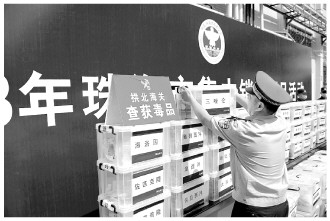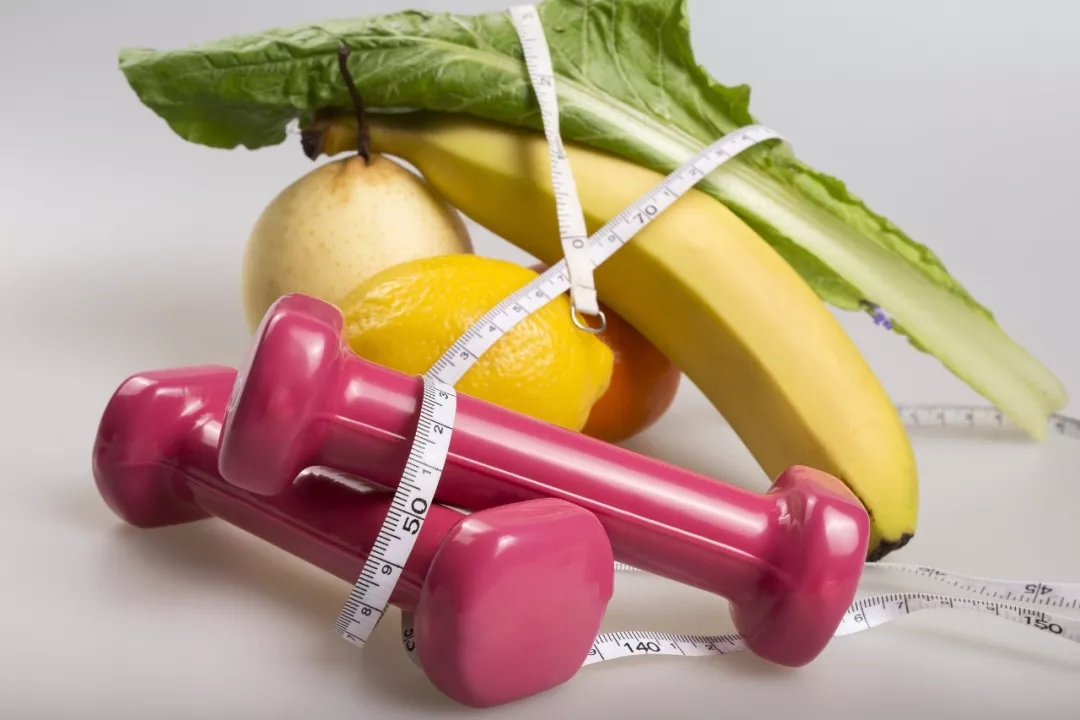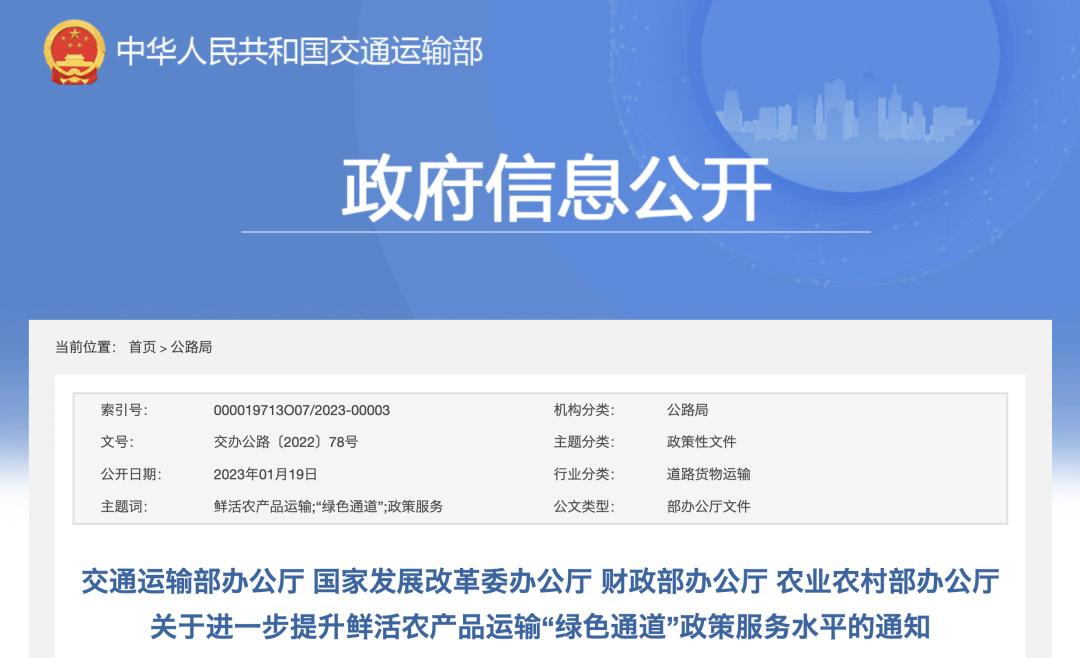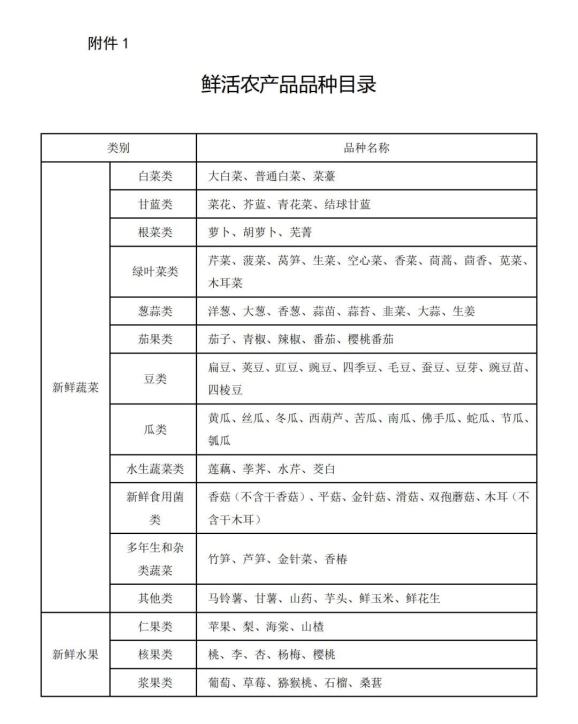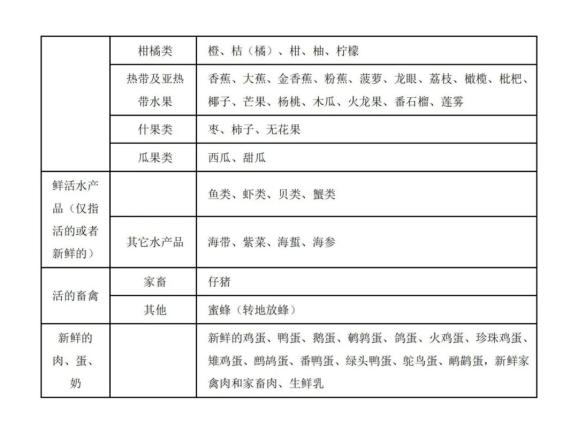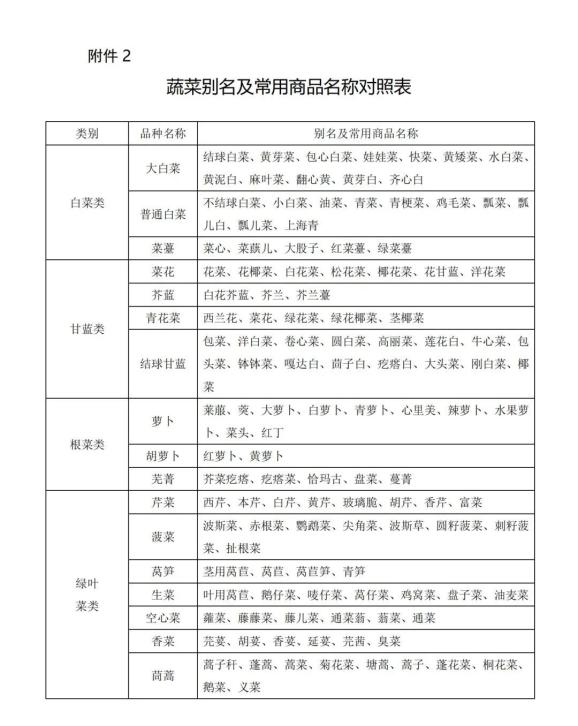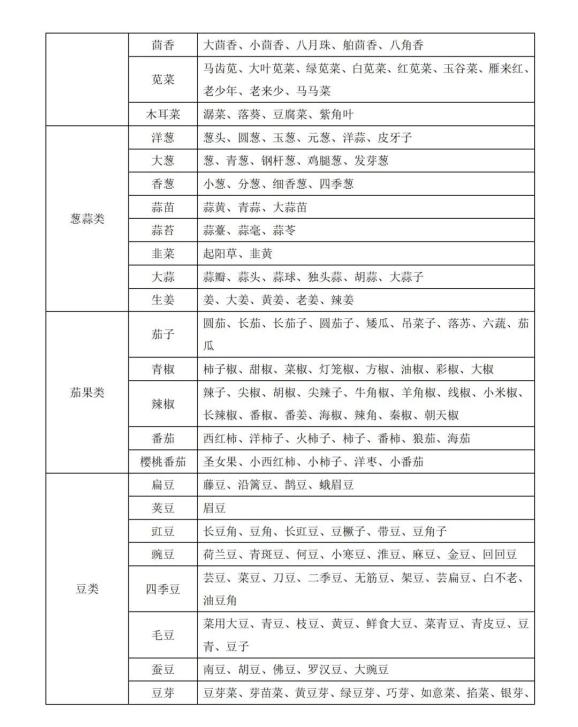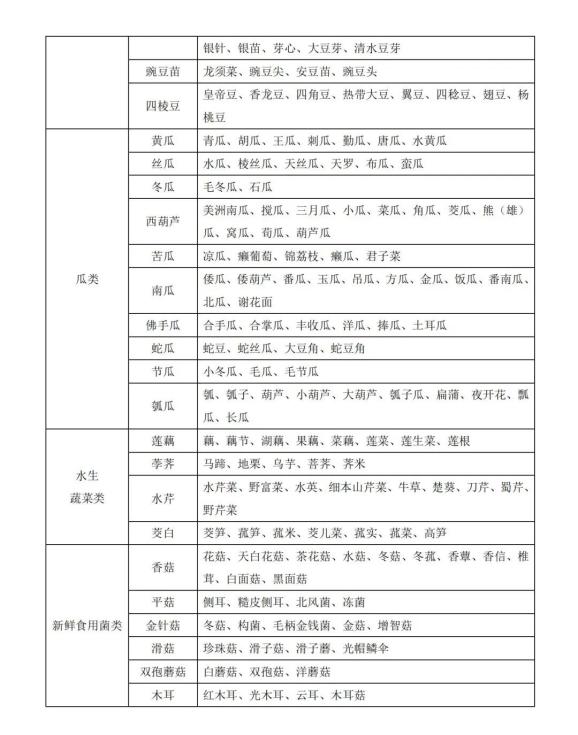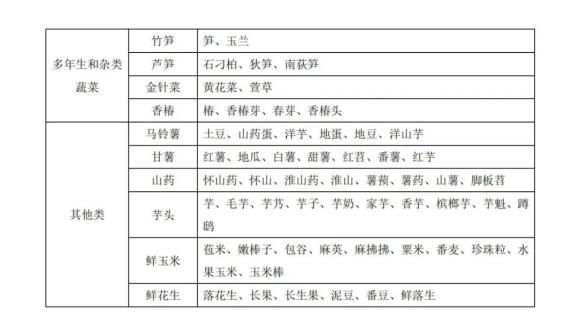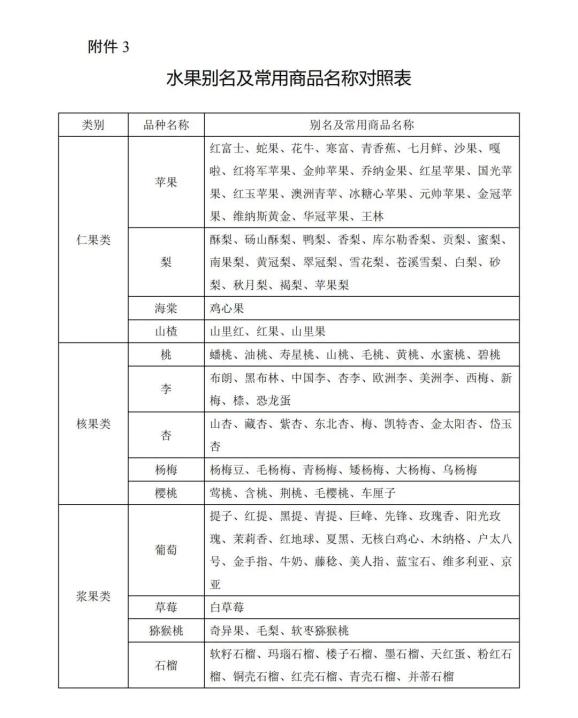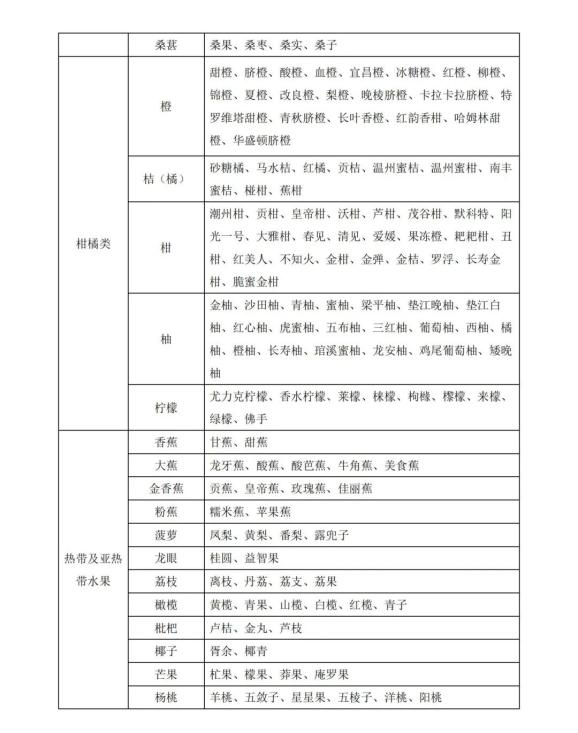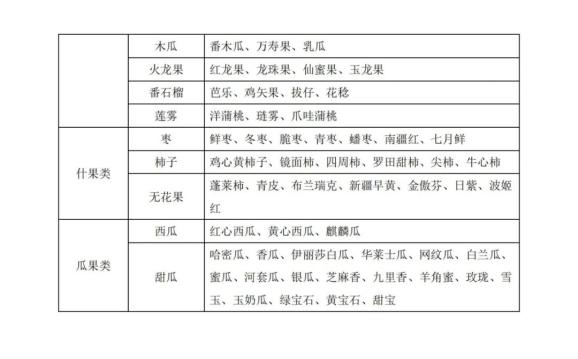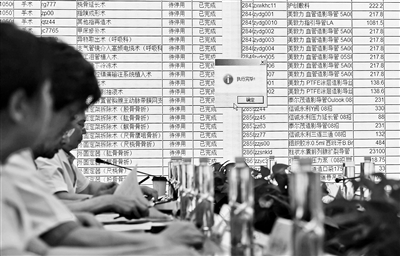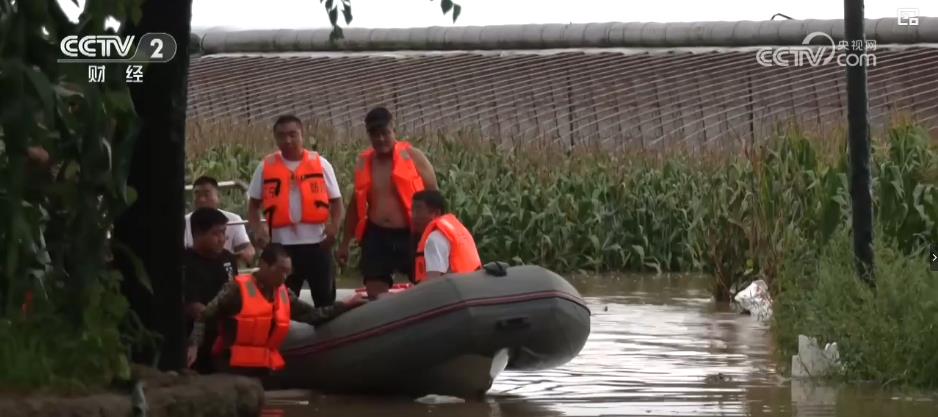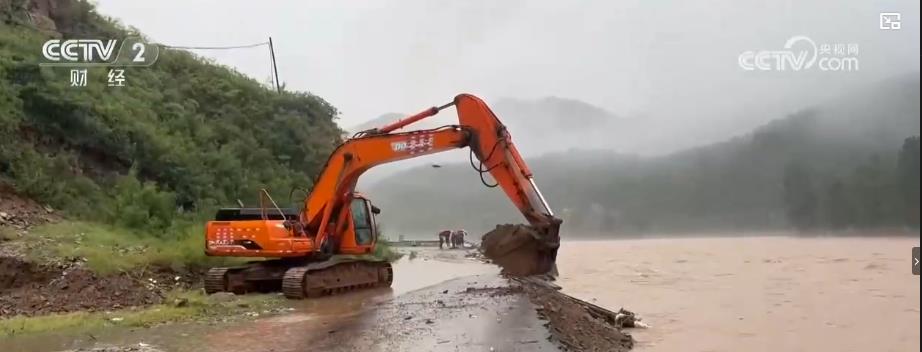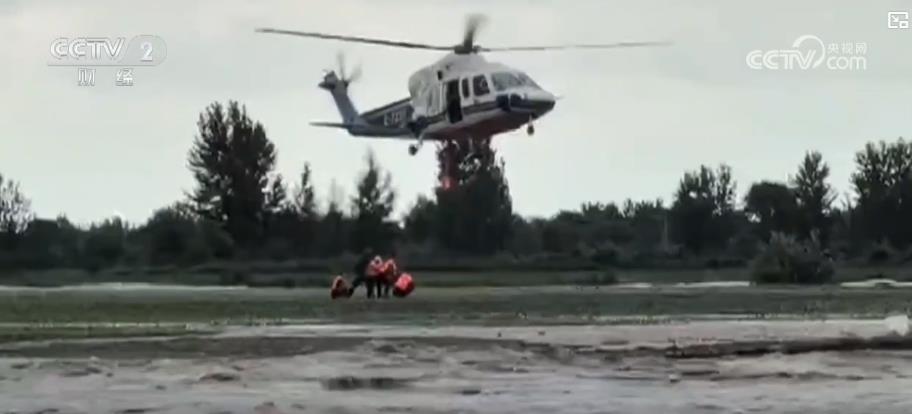No.77 [2002] of Guangdong Government Office
Notice on printing and distributing the emergency plan for the prevention and treatment of highly pathogenic avian influenza in Guangdong Province
People’s governments of cities, counties and autonomous counties, and relevant units directly under the provincial capital:
The Emergency Plan for the Prevention and Control of Highly Pathogenic Avian Influenza in Guangdong Province has been approved by the provincial people’s government and is hereby printed and distributed to you, please follow it.
General Office of Guangdong Provincial People’s Government
October 24th, 2002
Emergency plan for prevention and treatment of highly pathogenic avian influenza in Guangdong Province
Highly pathogenic avian influenza (HPAI) is a virulent infectious disease of poultry caused by type A avian influenza virus, which is classified as a class A animal disease by OIE, and it is also classified as a class A animal disease in China.
In order to ensure timely, rapid, efficient and orderly emergency treatment in case of highly pathogenic avian influenza epidemic, ensure the healthy development of poultry industry in our province, promote foreign trade and socio-economic development, protect human health and maintain social stability, this plan is formulated according to the People’s Republic of China (PRC) Animal Epidemic Prevention Law and other laws and regulations and the National Emergency Plan for the Prevention and Control of Highly Pathogenic Avian Influenza.
People’s governments at all levels and relevant departments shall, in accordance with the provisions of this plan, do a good job in controlling the epidemic of highly pathogenic avian influenza, such as funds, materials, equipment, technology and other reserves, and incorporate them into the national economic development plan and financial budget on an annual basis. After the outbreak of highly pathogenic avian influenza, people’s governments at all levels should mobilize relevant social forces, use legal, administrative, economic and technical means, adopt a culling policy, follow the principle of "early, fast, strict and small", achieve unified command, coordinate and cooperate, and control and extinguish the epidemic as soon as possible.
I. Confirmation and classification of epidemic situation
(1) Confirmation of highly pathogenic avian influenza
Highly pathogenic avian influenza is confirmed by the supervising agencies for animal epidemic prevention at or above the provincial level.
Under any of the following circumstances, it can be treated as highly pathogenic avian influenza:
1. Avian influenza virus strains of H5 and H7 subtypes or other subtypes with high pathogenicity were isolated from chickens.
2. Immunized chickens and breeders are serologically or etiologically positive for subtype H5 and H7 avian influenza.
3. Chickens with typical clinical symptoms and pathological changes, acute onset, high mortality, positive serology or etiology of avian influenza, and can exclude Newcastle disease; Other poultry have typical clinical symptoms and pathological changes, with acute onset and high mortality, and H5 and H7 subtype avian influenza virus strains or other subtype avian influenza virus strains with high virulence have been isolated.
4. When a suspicious epidemic occurs, two or more experts from different units designated by the state or province go to the site for diagnosis and confirmation.
(2) Classification of epidemic situation
According to the number, transmission speed, epidemic range and trend of highly pathogenic avian influenza, the epidemic situation of highly pathogenic avian influenza is divided into three levels:
1. First-class epidemic situation: more than 10 epidemic spots within 30 days; Or the number of sick birds in a certain area is more than 100,000 within 30 days; Special circumstances need to be classified as a first-class epidemic.
2. Secondary epidemic: occurred in two or more neighboring cities; Or 5-10 epidemic spots occur within 30 days; Or within 30 days, the number of sick birds is 50,000-100,000; Special circumstances need to be classified as a secondary epidemic.
3. Level III epidemic situation: refers to the occurrence of highly pathogenic avian influenza cases in a county (autonomous region or municipality) or prefecture-level cities without counties.
Second, the emergency epidemic emergency command system and departmental responsibilities
(1) Command system
The local people’s governments at or above the county level shall be responsible for leading the control and extermination of the highly pathogenic avian influenza emergency epidemic in their own areas, uniformly directing, organizing and coordinating relevant departments and regions to implement this plan, and supervising the implementation.
(2) Department responsibilities
1. Animal husbandry and veterinary administrative department
(1) Convene relevant personnel of animal epidemic prevention and epidemic prevention supervision to carry out epidemic control.
(2) do a good job in monitoring and forecasting the epidemic situation, carry out epidemiological investigation, and make a comprehensive assessment of the epidemic situation quickly.
(3) Diagnose epidemic diseases, delimit epidemic spots, epidemic areas and threatened areas, put forward suggestions on blocking and starting or stopping this plan, and participate in organizing the implementation.
(4) to supervise and guide the culling of poultry and the harmless treatment of poultry and poultry products in epidemic areas; Supervise and guide the implementation of disinfection and harmless treatment of pollutants and places in epidemic areas and epidemic areas.
(5) Organize emergency immunization of susceptible animals in epidemic areas and threatened areas.
(6) Quarantine, supervise and manage the production, storage, transportation and sales of susceptible animals and their products in epidemic areas and threatened areas.
(7) Establish emergency epidemic prevention materials storage, and reserve vaccines, medicines, diagnostic reagents, instruments, protective equipment, transportation and communication tools, etc.
(8) Assess the expenses and subsidies needed for blocking, culling sick birds and flocks of birds, harmlessly treating sick (dead) birds and flocks of birds (including pollutants), disinfection, emergency immunization, etc. during epidemic treatment, and draw up a plan for the use of funds.
(9) Training animal epidemic situation handling reserve team personnel.
(10) to organize the propaganda work of epidemic spots, epidemic areas and the surrounding people.
2. Other relevant departments
Units and departments such as finance, planning, entry-exit inspection and quarantine, public security, transportation, supervision, health, science and technology, industry and commerce, information industry, postal services, military and armed police forces should perform their respective duties under the coordination and supervision of people’s governments at all levels, plan and implement the funds needed for emergency epidemic prevention funds and emergency epidemic prevention materials reserves, and prevent the spread and introduction of domestic and foreign epidemics, the blockade of epidemic areas and the forced culling of poultry in epidemic areas. Security and social security management in epidemic areas, health inspection of relevant personnel in epidemic areas, setting and management of highway supervision and inspection stations, technical reserve for emergency control of highly pathogenic avian influenza, transmission of emergency epidemic information, and emergency dispatch of epidemic prevention materials.
Third, the emergency response to the epidemic situation
(1) Emergency measures for level III epidemic situation
The supervising agencies for animal epidemic prevention at or above the county level must strengthen the supervision and management of the units and individuals engaged in poultry breeding and management, and the production and management of poultry products within their respective jurisdictions. When a suspected highly pathogenic avian influenza epidemic situation is discovered or a suspected highly pathogenic avian influenza epidemic situation report is received, they must immediately send personnel to the scene to conduct epidemiological investigation, collect sick materials in time, and send them to the provincial supervising agencies for animal epidemic prevention or the national designated avian influenza laboratory for diagnosis. If necessary, please designate experts to conduct on-site diagnosis. And promptly report the epidemic situation according to the regulations, and report to the animal husbandry and veterinary administrative department at the same level to delimit the epidemic point, epidemic area and threatened area, and take measures to prohibit animals, animal products and related items in the epidemic area from flowing out of the epidemic area.
After being confirmed as highly pathogenic avian influenza, the local animal husbandry and veterinary administrative department must immediately convene a reserve team for animal epidemic treatment; Put forward emergency measures to start three-level epidemic control and report them to the people’s government at the same level.
The people’s governments of epidemic counties (autonomous regions and municipalities) or prefecture-level cities without counties should immediately make relevant decisions on blocking, culling, destruction, disinfection, immunization, restricting the flow of poultry and poultry products to control and extinguish the epidemic; According to the decision, the people’s government at the county level in the epidemic area or the people’s government of a prefecture-level city without a county will issue a blockade order, and organize relevant units to take emergency measures such as blockade, culling, disinfection, harmless treatment and emergency immunization to the epidemic spots, epidemic areas and threatened areas, so as to quickly put out the epidemic situation. Relevant departments should make arrangements for production and living in epidemic areas to ensure the smooth progress of epidemic control.
The people’s governments at or above the prefecture level shall, at the request of the people’s governments at or above the county level in the epidemic areas, mobilize technology, personnel, materials and funds to give emergency support to the epidemic areas.
(2) Emergency measures for secondary epidemic situation
1. Emergency measures of the people’s government of the epidemic area.
After the outbreak of the epidemic, the counties (autonomous regions and municipalities) where the epidemic occurred or prefecture-level cities without counties should immediately start the three-level epidemic emergency measures, and the people’s governments at the prefecture-level cities should mobilize technology, personnel, materials and funds to give emergency support to the epidemic areas according to the request of the people’s governments at the county level in the epidemic areas and epidemic areas.
2. Emergency measures of the provincial people’s government
After receiving the epidemic report, the Provincial Department of Agriculture shall promptly send personnel to the scene to understand the time, place and incidence of the epidemic, determine the severity of the epidemic, analyze the development trend of the epidemic, put forward suggestions on emergency measures to start the secondary epidemic control, and immediately report to the provincial people’s government, and also report to the Ministry of Agriculture for the support of emergency epidemic prevention funds, materials and medicines.
The people’s governments at the provincial level timely study and decide on the start-up plan, mobilize personnel, materials and funds, and urge all localities and departments to implement various measures.
Provincial supervising agencies for animal epidemic prevention shall report the epidemic situation, control and extermination plans and their implementation progress to the Ministry of Agriculture in a timely manner.
(3) Emergency measures for the first-class epidemic situation
After the outbreak of the epidemic, the counties (autonomous regions and municipalities) where the epidemic occurred should immediately start the three-level emergency measures, and the people’s governments at the prefecture level and listed cities should mobilize technology, personnel, materials and funds to give emergency support to the epidemic area at the request of the people’s governments at the county level in the epidemic area. The provincial people’s government also launched secondary emergency measures.
The provincial animal husbandry and veterinary administrative department and the supervising agency for animal epidemic prevention shall report the epidemic situation, control and extermination plan and its implementation progress to the Ministry of Agriculture in a timely manner, and require the state to initiate first-class emergency measures.
Fourth, the security system
(1) Material guarantee. The establishment of provincial emergency epidemic prevention materials storage, storage of emergency vaccines, disinfection drugs, equipment storage, etc.
(2) Financial guarantee. Financial departments at all levels reserve emergency epidemic prevention materials, subsidies for culling sick birds, epidemic handling business, epidemic monitoring and other funds every year.
(3) technical support. Strengthen the infrastructure construction of animal epidemic prevention at all levels, and improve the monitoring and diagnosis methods of avian influenza. The establishment of provincial avian influenza diagnostic laboratory, responsible for the diagnosis of avian influenza in the region. If necessary, send the diseased materials to the designated national laboratory for isolation, identification and virulence determination of avian influenza virus.
(4) Personnel security
1 set up an expert group for on-site diagnosis of avian influenza, which is responsible for providing technical decision-making suggestions and on-site diagnosis for the control and eradication of highly pathogenic avian influenza, and the diagnosis results will be used as the basis for treatment. According to the actual needs, the provincial animal husbandry and veterinary administrative department can timely adjust the list of experts for on-site diagnosis of avian influenza.
2 people’s governments at all levels set up a reserve team to deal with the animal epidemic situation of highly pathogenic avian influenza.
V. Other matters
(a) units and individuals engaged in poultry breeding, management and production and management of poultry products shall fulfill the provisions of this plan, and implement the provisions made by governments at all levels and relevant departments for the implementation of this plan.
(two) in violation of the provisions of this plan and cause serious consequences, should be investigated for responsibility according to law.
(3) This plan shall be implemented as of the date of promulgation.
Attachment:
1 highly pathogenic avian influenza epidemic reporting and notification methods
2. Animal epidemic treatment reserve team
3 epidemic spots, epidemic areas and threatened areas
Step 4 block
Step 5 disinfect
6. Harmless treatment of sick birds and their products
7. Reserve and management of emergency epidemic prevention materials
8. Capital reserve
9. List of experts for on-site diagnosis of avian influenza
Attachment 1:
Measures for reporting and notification of highly pathogenic avian influenza epidemic situation
1. Any unit or individual must immediately report to the local supervising agency for animal epidemic prevention when it discovers the occurrence of highly pathogenic avian influenza epidemic or suspected highly pathogenic avian influenza epidemic. The local supervising agency for animal epidemic prevention shall immediately go to the scene for diagnosis, put forward treatment opinions and take epidemic prevention measures. The relevant units and individuals shall immediately implement, and shall not refuse or shirk.
Second, the form of epidemic report. The supervising agencies for animal epidemic prevention at all levels shall report the epidemic situation in the fastest way according to the provisions of the Measures for the Administration of Animal Epidemic Report of the Ministry of Agriculture and relevant requirements.
3. The epidemic report of the supervising agency for animal epidemic prevention includes: the time and place of the epidemic, the species and varieties of sick birds, the age, the number of deaths, clinical lesions, the preliminary results of laboratory diagnosis, the production and immunization of poultry farmers; Control measures taken; Units and individuals reporting the epidemic situation, contact information.
Four, the epidemic reporting procedures. When a suspected highly pathogenic avian influenza epidemic situation is found, it must be reported to the local county-level supervising agency for animal epidemic prevention immediately. After receiving the report, the county-level supervising agency for animal epidemic prevention will rush to the scene within 6 hours to make a preliminary confirmation; At the same time, report to the people’s government at the same level and the supervising agency for animal epidemic prevention at a higher level respectively, and notify the local health department and entry-exit inspection and quarantine department. The provincial supervising agencies for animal epidemic prevention shall report the epidemic situation to the Animal Husbandry and Veterinary Bureau of the Ministry of Agriculture, the National Animal Husbandry and Veterinary Station and the provincial animal husbandry and veterinary administrative department within 24 hours after receiving the report, and report the epidemic situation to the provincial people’s government, and notify the Provincial Health Department and Guangdong Entry-Exit Inspection and Quarantine Bureau.
The report and notification of the epidemic situation shall be handled in accordance with the relevant provisions of the state.
Attachment 2:
Animal epidemic treatment reserve team
A, animal epidemic treatment reserve team.
(1) Veterinary professionals, including animal husbandry and veterinary administrative personnel, clinical diagnosis technicians, animal immunization personnel, animal quarantine personnel, animal epidemic prevention supervisors, and animal disease inspection and testing personnel;
(2) Disinfection and culling of auxiliary personnel;
(3) public security personnel;
(4) Health and epidemic prevention personnel;
(5) Other personnel.
Second, the task
Responsible for the specific implementation of the epidemic situation in accordance with the requirements of the people’s government at the corresponding level.
Third, training
After the formation of the reserve team, the personnel of the reserve team shall be systematically trained, and the training contents include:
(1) Knowledge of animal diseases, including: epidemiology, clinical symptoms, pathological changes, key points of quarantine inspection, etc.
(2) Knowledge of prevention, control and extermination of animal epidemics. Including:
1. Technical knowledge: collection and inspection of sick materials, immunization, disinfection, epidemic monitoring, etc.
2. Division and management of epidemic spots, epidemic areas and threatened areas;
3. Isolation, blockade, culling and harmless treatment;
4. Animal epidemic prevention laws and regulations;
5. Supervise the establishment and work of checkpoints;
6. Other relevant knowledge.
(3) Personal protection knowledge.
(4) Public security and environmental protection.
(five) work coordination and cooperation requirements.
(6) Other relevant knowledge.
Attachment 3:
Epidemic spot, epidemic area and threatened area
First, the epidemic point
An epidemic point refers to the place where the sick animals are located. Generally refers to the poultry farm (household) where sick birds are located or other relevant slaughter and business units.
Second, the epidemic area
An epidemic area refers to an area with an epidemic point as the center and a radius of 3-5 kilometers. When dividing epidemic areas, we should pay attention to the local feeding environment and natural barriers (such as rivers and mountains).
III. Threatened areas
The threatened area refers to the area within 5-30 kilometers from the epidemic area.
Attachment 4:
block
First, by the local animal husbandry and veterinary administrative departments designated epidemic spots, epidemic areas and threatened areas.
II. Release of the blockade order: The animal husbandry and veterinary administrative department shall report to the local people’s government to impose a blockade on the epidemic area, and the people’s government at the same level shall issue the blockade order within 24 hours after receiving the blockade request.
Third, the implementation of blockade: the epidemic area is blocked, and different treatment measures are taken for epidemic spots, epidemic areas and threatened areas.
(1) Epidemic spots
1. It is strictly prohibited for people, poultry and vehicles to enter and exit and poultry products and items that may be contaminated to be shipped out. If it is necessary to enter or leave under special circumstances, it must be approved by the local supervising agency for animal epidemic prevention, and it can only enter or leave after strict quarantine and disinfection and meeting the requirements of epidemic prevention.
2. All poultry and poultry products shall be culled and treated harmlessly under the supervision and guidance of the supervising agency for animal epidemic prevention.
3. There must be disinfection measures at the entrance and exit of the epidemic spot, and all vehicles, utensils, poultry houses, slaughter and storage places and the environment in the epidemic spot must be strictly disinfected. Articles that may be contaminated, such as animal manure, padding and feed, must be treated harmlessly under the supervision and guidance of the supervising agency for animal epidemic prevention.
(2) Epidemic areas
1. Establish temporary quarantine and disinfection stations at traffic intersections entering and leaving epidemic areas, set up special personnel and disinfection equipment, prohibit animals and animal products from entering and leaving, and strictly disinfect personnel and vehicles entering and leaving. Under special circumstances, animals and animal products entering and leaving epidemic areas must be approved by the local supervising agency for animal epidemic prevention in advance, and can only enter and leave after strict quarantine and disinfection.
2. Stop trading and moving poultry and poultry products.
3. Monitoring and emergency immunization of susceptible birds.
(3) Threatened areas
1. Emergency immunization of all susceptible birds.
2. To monitor the epidemic situation of poultry and master the epidemic situation.
Fourth, the lifting of the blockade order
All poultry and their products in the epidemic area shall be thoroughly disinfected under the supervision of the local supervising agency for animal epidemic prevention after being treated according to regulations. Twenty-one days later, the local animal husbandry and veterinary administrative department shall apply to the government that originally issued the blockade order for the release of the blockade when the animal epidemic prevention supervisor considers that the blockade can be lifted. After the blockade of the epidemic area is lifted, it is necessary to continue to monitor the epidemic situation in this area. If no new epidemic situation is found after 6 months, it can be declared that the epidemic situation has been extinguished.
Annex 5:
disinfect
First, the preparation before disinfection
(a) before disinfection, dirt, feces, feed, padding, etc. must be removed;
(two) disinfection drugs must be effective for avian influenza virus;
(three) equipped with sprayers, flame spray guns, disinfection vehicles, disinfection protective equipment (such as masks, gloves, protective boots, etc.), disinfection containers, etc.
Second, disinfection
(a) the disinfection of metal facilities and equipment in poultry farms can be carried out by flame, fumigation and other means;
(two) poultry pens, venues, vehicles, etc., can be used to clean, spray and other disinfection methods;
(three) poultry farm feed, padding, etc., can take deep-buried fermentation treatment or incineration treatment and other disinfection methods;
(four) feces, etc., can be taken to pile up sealed fermentation or incineration and other disinfection methods;
(five) breeding, management and other personnel, can take a shower disinfection; Materials that may be contaminated, such as clothes, hats and shoes of feeding and management personnel, can be treated by soaking and autoclaving;
(six) the office area, the dormitory of the breeder, the public canteen and other places in the epidemic area can be sprayed.
(seven) the disinfection of slaughter, processing, storage and other places can be carried out in a corresponding way, and to avoid the pollution of harmful substances.
Attachment 6:
Harmless treatment of sick birds and their products
According to the national standard GB16548——1996 "Regulations for the Harmless Treatment of Livestock and Poultry Carcass and Their Products".
Attachment 7:
Emergency epidemic prevention material reserve and management
I. Types and quantities of emergency materials reserves
(1) Vaccine
Avian influenza H5, H7 inactivated vaccine, other subtypes of vaccine according to the actual situation.
(2) Diagnostic reagents
Avian influenza AGV antigen and standard serum, H5, H7 and H9 typing antigens and standard serum, and other 13 subtype typing antigens and standard serum except H5, H7 and H9. Other diagnostic reagents shall be properly reserved according to the actual situation.
(three) disinfection drugs and disinfection equipment
Chlorine preparation disinfection drugs, compound phenol preparation, caustic soda, formaldehyde, potassium permanganate and other commonly used disinfection equipment.
(4) Necessary means of transport, sealing appliances and communication tools.
(5) Protective articles
Breathable jumpsuit, heavy rubber gloves, ordinary white hexagrams, hats, masks, waterproof shoes, safety goggles.
Second, the management measures
(a) the provincial emergency materials are stored in the provincial highly pathogenic avian influenza control material storage.
(two) the provincial emergency material reserve is managed by the provincial animal husbandry and veterinary administrative department, and unified deployment by the provincial government.
(3) Emergency materials shall be replaced according to their validity period, and all emergency materials shall be kept in an effective state at any time.
(four) emergency supplies are only used to control and extinguish the epidemic situation of highly pathogenic avian influenza, and shall not be misappropriated.
(five) cities and counties should also have appropriate reserves according to the actual situation.
Annex 8:
fund reserve
Governments at all levels will include funds for the prevention and control of highly pathogenic avian influenza in the fiscal budget at the corresponding level according to the actual situation in various places, and make necessary capital reserves.
Provincial prevention and control reserve funds by the provincial animal husbandry and veterinary administrative department according to the epidemic situation, put forward opinions on the use of funds submitted to the Provincial Department of Finance for examination and approval in accordance with the provisions. Provincial prevention and control funds are mainly used for emergency prevention and control subsidies for primary and secondary epidemics and tertiary epidemics in poverty-stricken areas.
Annex 9:
Field diagnosis of avian influenza
Expert group name
Shan Yu, deputy director and researcher of Animal Husbandry and Veterinary Bureau of Kang Zhen Ministry of Agriculture.
Bi Yingzuo Dean and Professor, School of Animal Science and Technology, South China Agricultural University
Xin Chaoan Professor, South China Agricultural University
Professor Zhizhong Cui, Shandong Agricultural University
Professor Wang Yongkun from Yangzhou University
Professor of Henan Agricultural University, Zelin Wang
Guo Yuqiang, Research Fellow, Guangdong Poultry Research Institute
Sun Yanwei, Senior Veterinarian, Guangdong Provincial Animal Epidemic Prevention Supervision Office
Huang Chengfeng, Associate Research Fellow, Veterinary Research Institute, Guangdong Academy of Agricultural Sciences
And other experts designated by the Provincial Department of Agriculture to prevent and control avian influenza.
